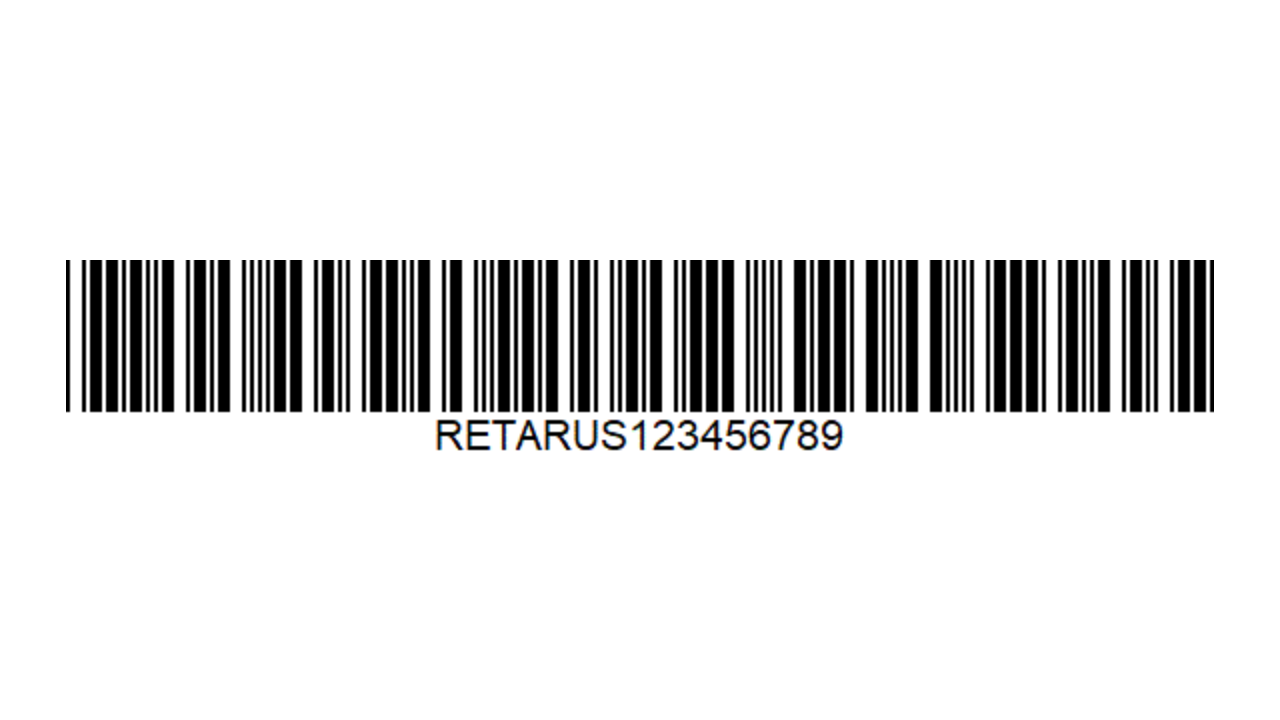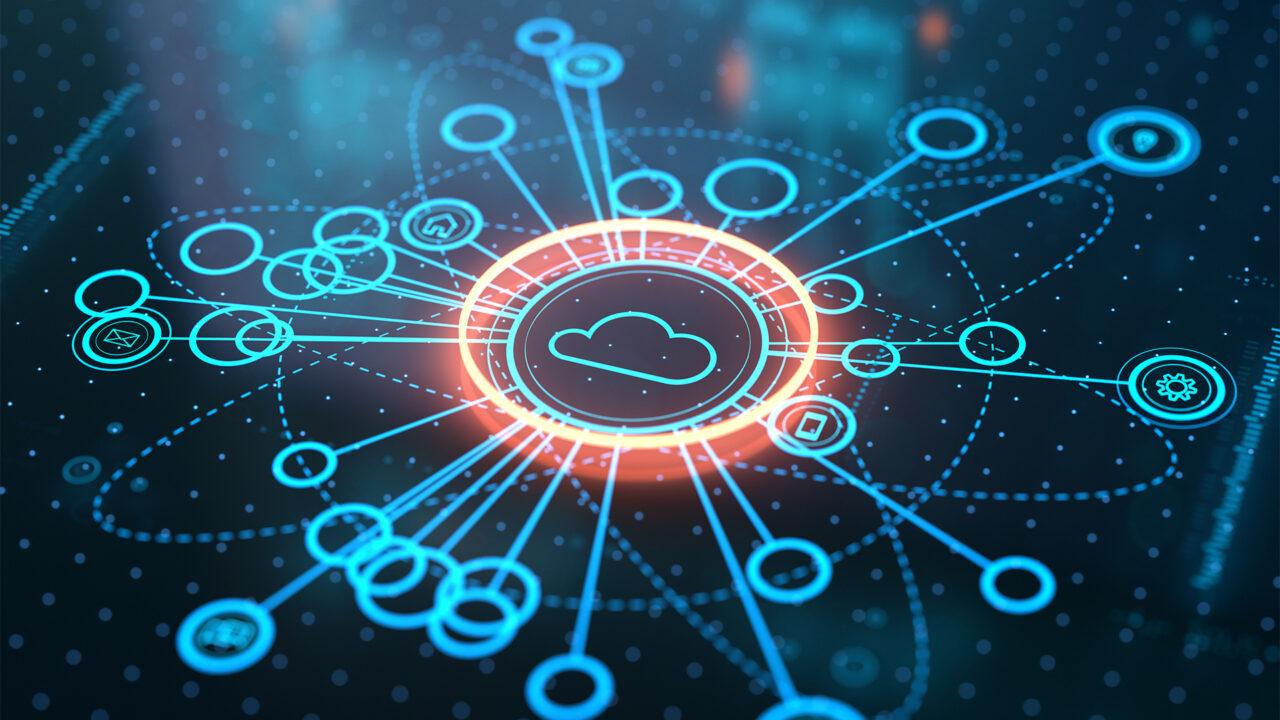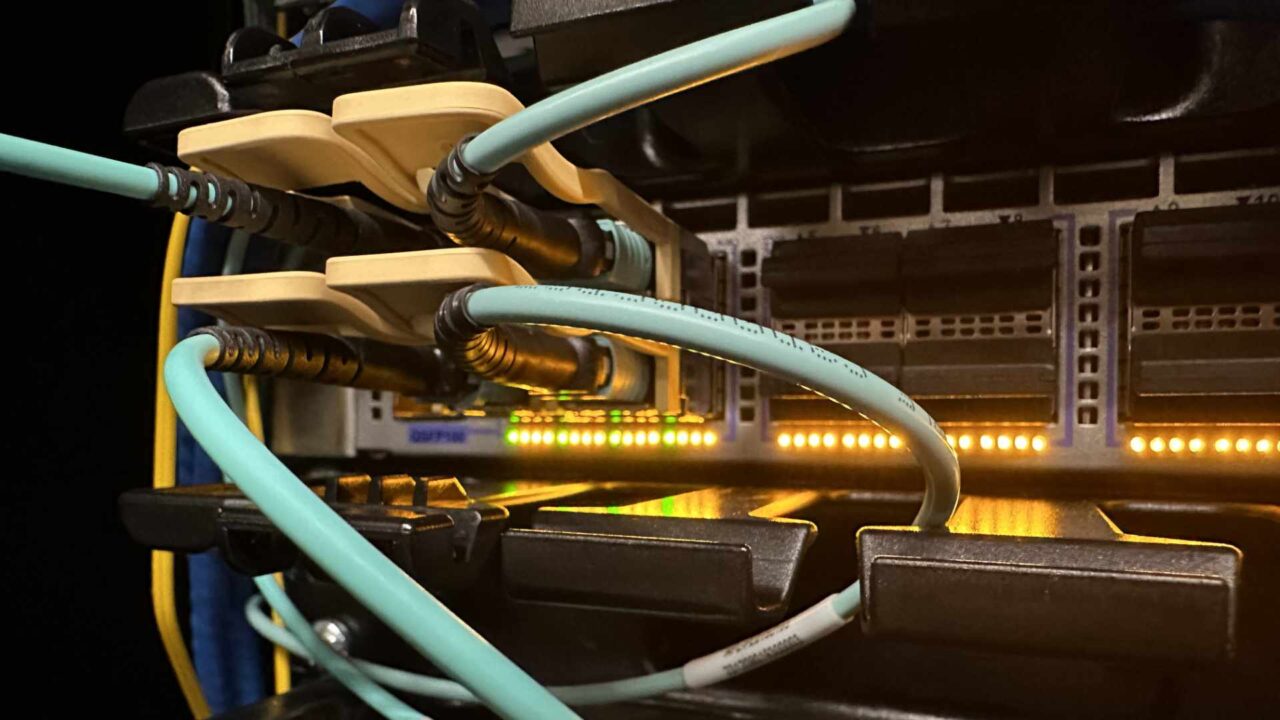Save on the additional cost and manual effort of matching and assigning faxes – invoices, orders, complaints, reports – to the appropriate business process. You can now use barcodes to automate this cumbersome task. This not only allows documents to be sorted and classified, but also enables the transmission of additional metadata. What’s more, faxes containing several transactions can be split up into separate files for further processing.
In the past, this was only possible for incoming faxes. Now however, Retarus’ fax outbound service provides companies with the option of generating and personalizing barcodes to be added to fax cover sheets. The details required for the barcode are simply entered into the personalization field for each fax job. This allows Retarus’ customers to match faxes up with existing transactions and establish new, automated processes.
Typical use cases
Classic use cases for automated document routing with barcode fax include all business transactions which can be fed into specific business processes. In addition to applications, reports, invoices, and credit card complaints, entire business processes can be automated, for instance the financing of vehicles in the automobile sector. This enables the financing process to be accelerated, not to mention considerably simplify the entire workflow.
What benefits does barcode fax provide?
The automated routing of faxes not only saves time, effort, and costs but also allows the incoming documents to be sorted and assigned more accurately and quickly. Confidentiality, security, and compliance are boosted because the documents always reach their intended recipients. This reduces the error rate while also increasing processing capacity, productivity, and motivation as employees are freed up to dedicate their time to more challenging tasks.
There is more – with Retarus Intelligent Capture Services
Barcode fax is primarily used for automated document processing. For value-adding services such as EDI integration or customer master data recognition, Retarus Intelligent Capture Services is right for you.
By the way, not all barcodes are alike
One can generally draw a distinction between two kinds of barcodes: 1D and 2D barcodes. Each of these major categories consists of various types of barcodes. Different barcodes were developed to perform a variety of tasks, being put to use in various industries depending on the user group and manufacturing options.
The most common 1D barcodes are EAN 8 and EAN 13 (retail trade), CODE 39 (electronics) and CODE 128 (logistics). The most well-known 2D barcodes are Aztec (travel tickets for the International Union of Railways), Datamatrix (permanent direct labelling in production, the manufacturing of cars, healthcare, ticket handling, and postage documentation) and the QR code (originally for production logistics, now familiar for its use as a navigation aid in public transport, smartphone-optimized business cards, advertising, links to app stores).
1D Barcodes
Code 39:

Code 39 (full ASCII):

Code 128:

2D Barcodes



Using 1D barcodes, faxes can be assigned to existing business processes by way of the transaction number represented by the code or be identified as a specific type of document. 2D barcodes on the other hand, allow the inclusion of additional information such as personal details and links to product videos or websites. Retarus is able to provide this metadata in various formats: as a file (XML and TXT), in the subject line of an email, or in the body text itself. The splitting of faxes containing several transactions into separate files is possible with both types of barcode.
To benefit from Retarus’ automated routing, it makes no difference which type of barcode you are using – our cloud fax service recognizes them all.




